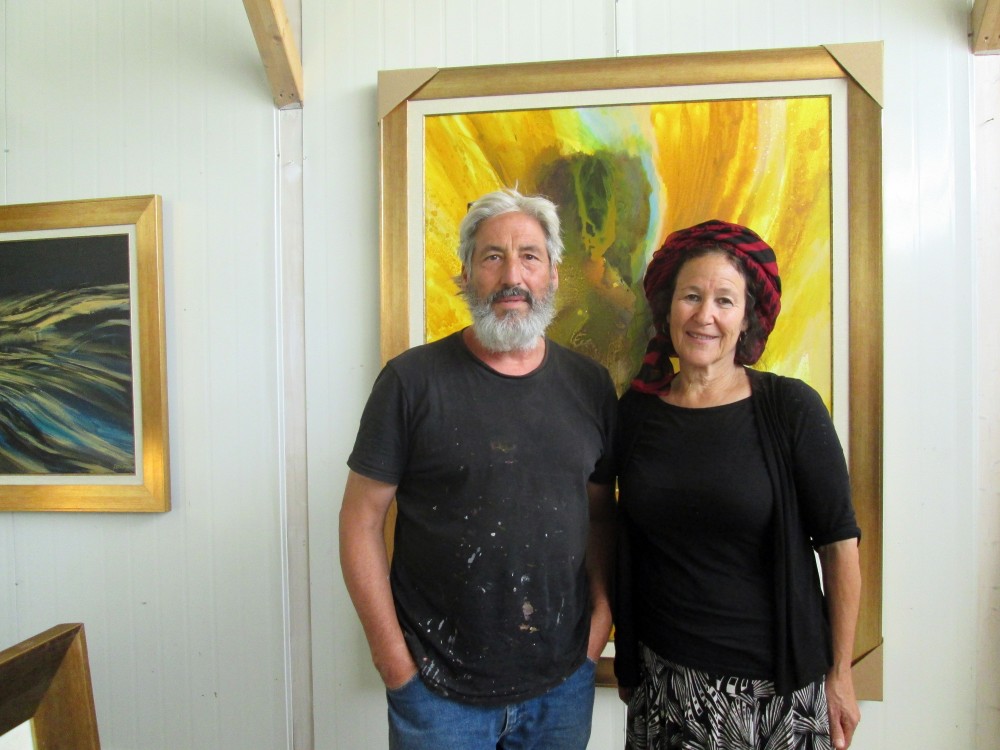After a fire destroyed his life’s work, an artist renews quest to paint Torah
Yoram Raanan lost hundreds of paintings. But from high-quality prints that remained, Meira Raanan created a book, Art of Revelation: A Visual Encounter with the Jewish Bible.

It was 2 a.m. with a fierce dry wind when firefighters ordered Yoram and Meira Raanan and other residents of Moshav Beit Meir, a small communal village nine miles west of Jerusalem, to evacuate their homes.
As they drove away Yoram, 65, an American Israeli artist, saw his studio go up in flames.
As the couple fled, navigating their way through back roads edged in on both sides by flaming trees, Yoram told Meira, “Gam zu l’tovah” (“everything is for the best”)—even when it doesn’t seem so.





